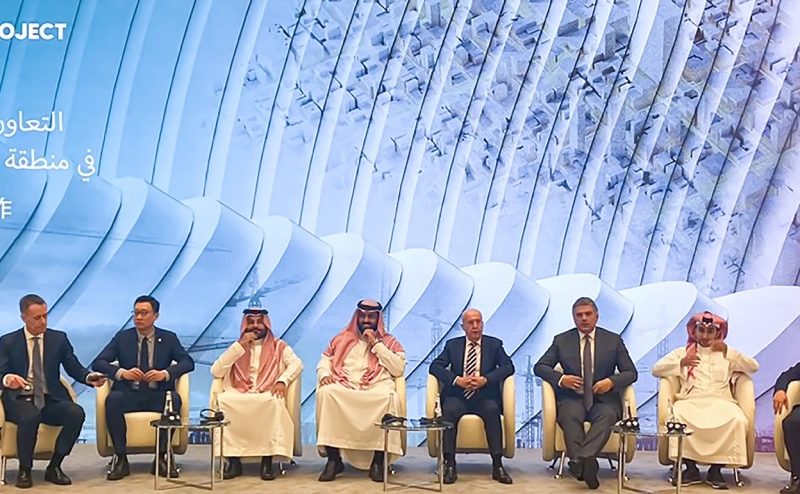As evidenced over the years, the construction industry has been slow and traditional in its approach to digital transformation, only witnessing an increased response in the wake of the ongoing pandemic.
Building Information Modeling (BIM) has been identified as one of the primary catalysts notably by several stakeholders in the industry, owing to its efforts in moving the industry forward and equipping it digitally. The tool is associated with benefits such as increased productivity and efficiency, manpower reduction on site, improved collaboration and communication, and more.
Commenting on the Middle East construction sector’s response and utilisation of BIM, Yasser Ahmad, Director of IoT & Digital Offers at Schneider Electric said: “If we take the contracting segment, there are multiple disciplines under it, the documentation journey is still traditional, with some teams still using paperwork; there is no streamlining in the business process as per most of what we see in the contracting sector.”
Pointing the change the industry is seeing in this regard, Ahmad says: “There is a generation shift happening in the industry now, and we are seeing younger members enter the industry with a different set of tools. We will definitely see accelerated digital adoption in the industry. Unsurprisingly, soon site workers could ask to find ways to get their hands on data on their hand-held devices. Without strong foundation of BIM, such digital adoption would not be feasible, especially because BIM is the aggregator of all data sources and across disciplines.”
Furthermore, he points that major part of the industry’s inefficiencies comes from rework, suggesting that 30% gains are achievable by eliminating or reducing this rework, which typically takes place at site.
“The more we digitise the front end of people on site, we get more in control of cost and time and schedules, which cause profitability loss and inefficiency. Moreover, the gains of BIM must be linked to a “business outcome,” Ahmad suggests.
‘People’ are an important aspect in the digital transformation journey, Ahmad says, calling for an end-to-end perspective.
“From the highest level in the organisation, there has to be a buy into the idea and support towards it to the youngest worker at site, to be able to think digital, act digital and utilise digital technology to improve work,” he concludes.





